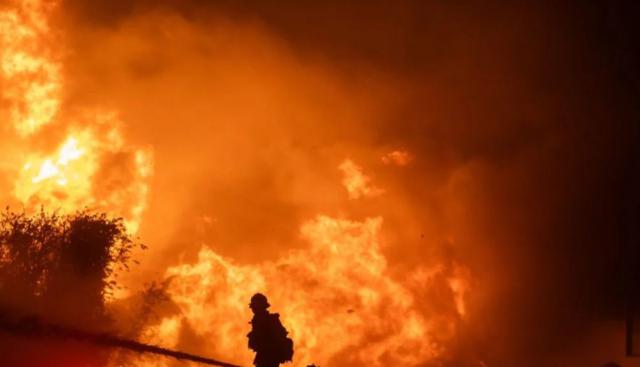FILE PHOTO: People walk in the smog towards a railway station on a polluted day in Zhengzhou, Henan province, China January 9, 2017. REUTERS/Stringer
SHANGHAI (Reuters) – The heavy industrial Chinese province of Henan met its target to cut air pollution in 2018 but underperformed the country as a whole after a surge in smog over winter, underscoring the challenges facing coal-dependent regions as the economy slows.
Henan, a major coal and metal producer in central China, is under heavy pressure to curb pollution and restructure its industrial economy as Beijing’s five-year “war on pollution” expands to more regions.
It promised late last year that it would work to slash coal consumption by 15 percent by 2020, but many of its mining-dependent cities are struggling to find alternative sources of growth.
Over the course of 2018, concentrations of lung-damaging small particle pollution known as PM2.5 fell 1.6 percent from a year earlier to 61 micrograms per cubic meter. That beat its target of 63 micrograms, but is still well above China’s national standard of 35 micrograms.
“The province’s air quality has continuously improved,” said Jiao Fei, the vice-head of the provincial environmental protection office, according to a transcript of a press conference posted by the Ministry of Ecology and Environment on Thursday
Still, A Reuters analysis of official pollution data showed that PM2.5 in nine industrial cities in Henan rose by an average of 12 percent in December, hitting 82 micrograms. It hit nearly 100 micrograms in November, more than double a year earlier.
Jiao blamed poor weather over the last two months of the year, saying that “diffusion conditions” in Henan were significantly worse than normal, leading to longer smog outbreaks.
“Heavy pollution weather conditions in Henan were much more severe than in Beijing-Tianjin-Hebei and other provinces,” he said.
According to MEE data published this week, PM2.5 levels in 338 cities across China fell 9.3 percent compared to last year to an average of 39 micrograms. A total of 262 cities failed to meet the national standard of 35 micrograms over the year.
Reporting by David Stanway; editing by Richard Pullin






Leave a Reply